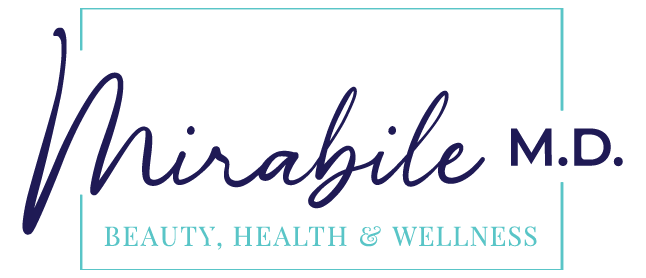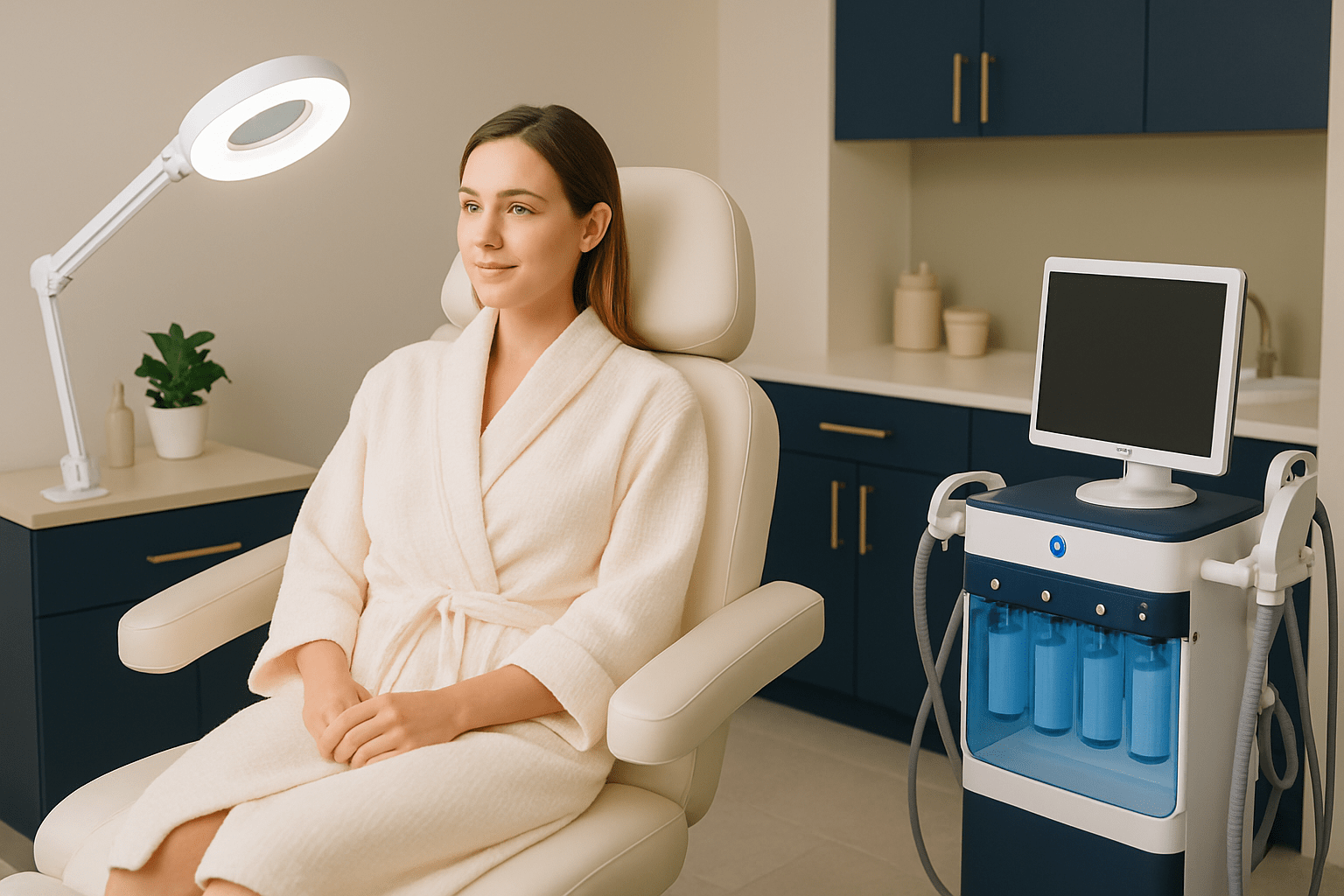Pellet hormone therapy is rapidly becoming a sought-after solution for those seeking consistent, hassle-free hormone balance. Unlike daily pills or frequent injections, pellet therapy offers long-lasting results by delivering bioidentical hormones through small pellets placed just under the skin. But what can you actually expect before, during, and after your first pellet hormone therapy appointment? Understanding each step of the process is key to a successful treatment experience and optimal results.
Jump To:
TLDR – Quick Guide
- Preparation: Complete a thorough health evaluation and lab tests before your appointment.
- During Treatment: The pellet insertion is quick, performed in-office, and minimally invasive.
- Aftercare: Some mild swelling or discomfort is possible; most resume normal activities within days.
- Results: Hormone levels stabilize over a few weeks, delivering sustained symptom relief.
- Follow-Up: Regular check-ins and lab work ensure ongoing balance and therapy adjustment.
Detailed Breakdown
What Is Pellet Hormone Therapy?
Pellet hormone therapy involves placing tiny, custom-compounded pellets—usually testosterone or estrogen—beneath the skin, where they release hormones gradually over months. This method mimics the body’s natural hormone cycles and helps alleviate symptoms of hormonal imbalance such as fatigue, mood swings, weight gain, and decreased libido.
Before Pellet Hormone Therapy: Preparation and Assessment
Initial Consultation:
Your journey starts with a comprehensive consultation and health history review. The provider will assess your symptoms, discuss medical history, and determine if you’re a good candidate for pellet hormone therapy.
Lab Testing:
Prior to treatment, a series of lab tests is performed to evaluate hormone levels and screen for underlying conditions. This helps tailor the dosage to your unique physiology.
Pre-Appointment Instructions:
You may be asked to fast, pause certain medications, or avoid specific supplements before the procedure. These instructions ensure your safety and the accuracy of your results.
During Pellet Hormone Therapy: The Procedure
On the Day of Treatment:
The pellet insertion procedure is typically completed in less than 30 minutes. You’ll lie comfortably as a small area (usually the hip or lower abdomen) is numbed with local anesthetic.
Insertion Process:
A tiny incision is made, and the hormone pellet is placed just beneath the skin. The incision is then closed with a steri-strip or bandage—no stitches required.
Comfort and Care:
Most patients describe the experience as quick and virtually painless. Your provider will offer guidance on how to care for the insertion site to prevent infection and promote healing.
After Pellet Hormone Therapy: Recovery and Results
Immediate Aftercare:
Mild swelling, bruising, or tenderness at the insertion site is normal and should resolve within a few days. Applying an ice pack and avoiding vigorous lower body exercise helps minimize discomfort.
Ongoing Benefits:
Hormones begin to release slowly and consistently, with symptom improvement typically noticed within 1–2 weeks. Results may vary depending on individual metabolism and hormone needs.
Follow-Up and Monitoring:
A follow-up appointment and repeat lab testing are essential to monitor your response and adjust future doses if necessary. Open communication with your provider is crucial for achieving and maintaining optimal results.
Key Takeaways
- Pellet hormone therapy offers a convenient, consistent alternative to daily hormone dosing.
- Preparation includes a personalized consultation, health screening, and targeted lab work.
- The in-office procedure is quick, minimally invasive, and requires minimal downtime.
- Post-procedure, some mild swelling or bruising is common but resolves quickly.
- Regular follow-ups and ongoing monitoring help fine-tune your therapy for the best outcome.
Frequently Asked Questions
1. Is pellet hormone therapy safe?
Pellet hormone therapy is considered safe for most healthy adults when administered by a qualified medical provider. Risks are low, and complications are rare, but all treatments carry some potential for minor side effects.
2. How long do the pellets last?
Hormone pellets typically last three to six months, depending on your metabolism, activity level, and dosage. Your provider will help determine when it’s time for your next insertion based on your symptoms and follow-up labs.
3. What symptoms improve with pellet hormone therapy?
Commonly improved symptoms include low energy, weight gain, decreased libido, mood changes, sleep disturbances, and mental fog. Most patients report feeling better within a few weeks of starting therapy.
4. Can I exercise after pellet hormone therapy?
It’s generally recommended to avoid strenuous lower body exercise or heavy lifting for several days after insertion to allow the site to heal. Light activities are usually fine, but your provider will give you tailored instructions.
5. Will I need ongoing lab work?
Yes, regular lab tests are necessary to track your hormone levels and ensure your therapy remains effective and safe. These results help your provider make dosage adjustments as needed for optimal balance.








